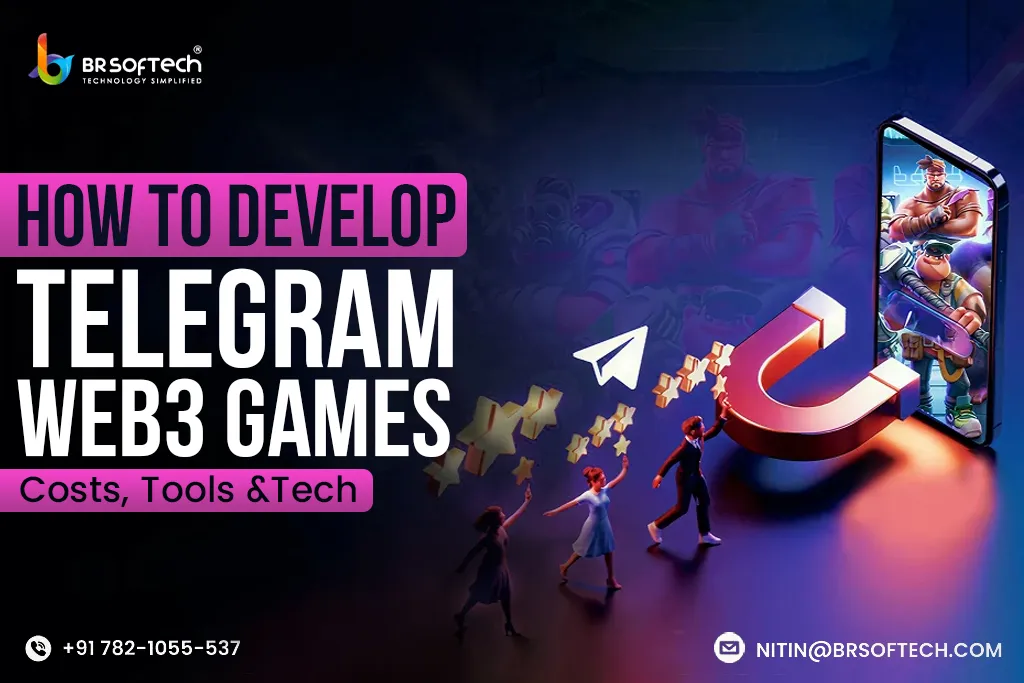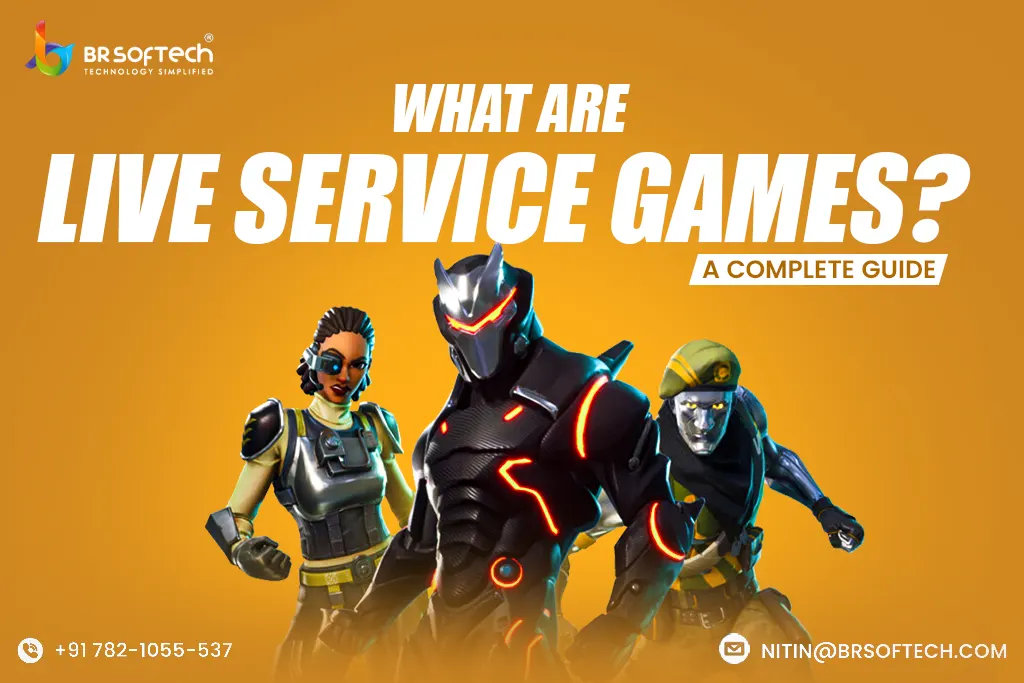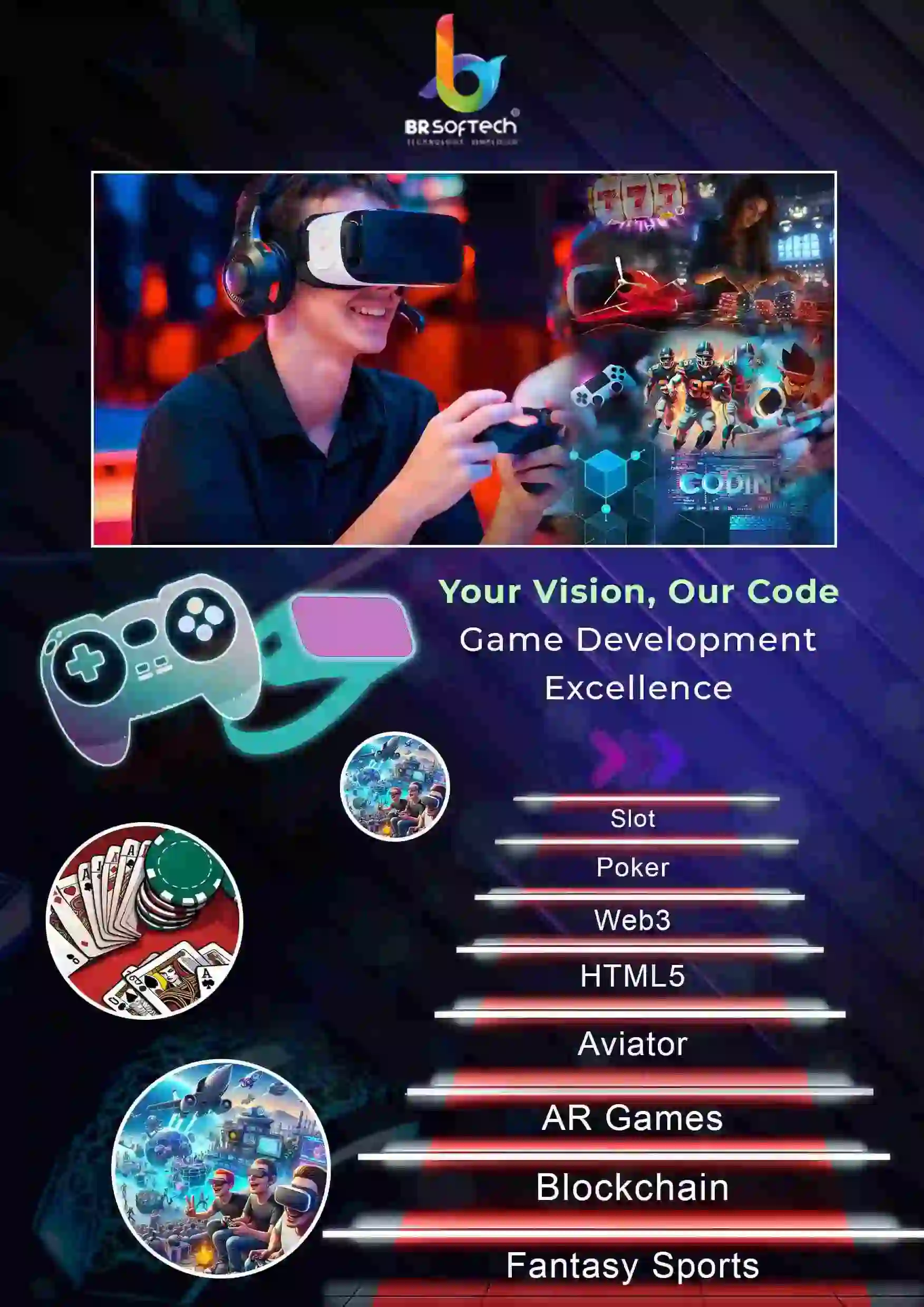Pixel games have become popular again. In the past, limited technology in the 1980s meant games had simple, blocky graphics. Now, pixel art is a creative style that many people love. It blends nostalgia with new ideas, creating games that are both fun and meaningful.
Pixel games remain popular because you don’t need fancy graphics to enjoy a good game. Today’s pixel games blend old-school styles with modern game ideas, innovative game mechanics, and cutting-edge technologies like blockchain. This guide covers everything about creating pixel games, from art and costs to ways to make money and future trends in this exciting gaming world.
What are Pixel Games?
My Pixel games are charming video games that showcase graphics made from tiny, visible squares called pixels. These pixels come together to create characters, environments, and objects, giving the game a nostalgic pixelated look. Unlike today’s 3D games with seamless, realistic visuals, pixel games celebrate their unique, blocky style that has been cherished since the early days of gaming.
These are the defining characteristics of Pixel games.
Visible Pixel Structure
The pixels are intentionally kept visible instead of blending into smooth gradients, giving the image a charming “blocky” look that really defines its unique style.
Limited Color Palettes
Many pixel games intentionally restrict color usage, emulating hardware limitations of classic consoles like NES (56 colors) or SNES (256 colors). This constraint forces creative solutions, producing striking visual identities.
Grid-Based Design
Pixel art beautifully adheres to a strict grid, where each element snaps perfectly to pixel boundaries. This attention to detail gives it a crisp, organized look that truly sets pixel art apart from other visual styles.
Sprite Animation
Characters and objects are like lively 2D images called sprites that move smoothly across backgrounds through frame-by-frame animation, much like classic cartoon techniques.
Modern Evolution
Contemporary pixel games aren’t mere imitations of 8-bit and 16-bit classics. Modern titles leverage current technology, creating sophisticated pixel art with:
- Higher resolution pixel art maintaining retro aesthetics
- Advanced lighting effects and particle systems
- Smooth animations with higher frame counts
- Dynamic backgrounds and parallax scrolling
- Integration with modern features like online multiplayer and cloud saves
What a pixel art game essentially refers to is any game that prioritizes this distinctive visual style, whether as pure nostalgia or contemporary artistic expression.
Why Choose Pixel Art for Game Development?
Knowing why developers prefer pixel art over other visual styles helps us understand the unique strategic benefits it provides, beyond just a preference for appearance.
Lower Development Costs
Creating pixel art requires significantly less time and resources than 3D modeling or high-resolution 2D illustration. A skilled pixel artist can create complete character animations in hours compared to days or weeks required for equivalent 3D assets. This efficiency dramatically reduces production costs, making pixel games accessible to independent developers and small studios with limited budgets.
Smaller File Sizes
Pixel art assets use minimal storage, enabling entire games under 100MB, sometimes under 10MB, unlike large 3D games. This is crucial for mobile downloads and offline play, where storage affects user acquisition and functionality.
Cross-Platform Compatibility
Thanks to the straightforward nature of 2D pixel graphics, games can run seamlessly on a wide range of devices, from powerful gaming computers to budget-friendly smartphones. This broad compatibility enables the game to reach a wider audience without the need for device-specific customizations, making gaming more accessible and enjoyable for everyone.
Timeless Aesthetic Appeal
Pixel art ages gracefully. While photorealistic 3D graphics tend to look outdated quickly as technology progresses, well-designed pixel art stays visually attractive over time. Games from many years ago still appear deliberate and stylish rather than outdated or obsolete.
Faster Iteration and Prototyping
The quick process of creating and updating pixel assets enables rapid prototyping and iteration. Developers can enjoy testing gameplay ideas, tweaking character designs, and experimenting with different visual styles with ease, all without requiring large resource investments or multiple iterations.
Clear Visual Communication
The abstracted pixel art often communicates gameplay more clearly than realistic graphics, with important elements standing out to help players understand mechanics and navigate environments.
Nostalgia Factor
For players who grew up with classic games, pixel aesthetics evoke strong nostalgic feelings. This emotional connection provides an inherent appeal that newer visual styles cannot replicate.
Best Technologies & Tools for Pixel Game Development
The right tool selection dramatically impacts development efficiency and final product quality.
Game Engines
- Unity: Unity is a versatile platform for creating pixel games, offering extensive 2D tools, cross-platform deployment, asset store resources, and strong community support.
- Godot: Free, open-source engine with excellent 2D capabilities and an intuitive scene system. Godot’s lightweight nature suits pixel games perfectly while providing professional-grade features.
- GameMaker Studio 2: Specifically designed for 2D game development with drag-and-drop and scripting options. Its focused 2D toolset makes it ideal for developers.
- Construct 3: Browser-based game with visual scripting, perfect for beginners learning how to make a pixel game without coding experience.
- Phaser: JavaScript framework for HTML5 games running in browsers. Excellent for web-based pixel games and developers comfortable with JavaScript.
Also Read: Top 10 Mobile Game Engines and Development Platforms
Pixel Art Creation Tools
- Aseprite: The industry-standard pixel art tool offering specialized features like onion skinning for animation, indexed color modes, and tileset editors. Learning how to make pixel art for games typically begins with Aseprite due to its pixel-art-specific workflow.
- Photoshop: While not specialized for pixels, Photoshop’s versatility and layer management make it viable for pixel art creation. Useful for developers already familiar with the Adobe ecosystem.
- GIMP: Free, open-source alternative to Photoshop with sufficient pixel art capabilities for budget-conscious developers.
- Pixilart: Free, browser-based tool suitable for beginners and quick mockups without software installation.
- Krita: Free painting program with decent pixel art support and strong animation features.
Animation Tools
- Aseprite: Beyond static art, Aseprite excels at sprite animation with timeline features specifically designed for frame-by-frame animation.
- Spine: Skeletal animation tool enabling smooth character animations with fewer frames. While less common in traditional pixel games, it’s increasingly used for modern hybrid approaches.
- DragonBones: Free skeletal animation tool similar to Spine, suitable for developers requiring animation without licensing costs.
Additional Development Tools
- Tiled Map Editor: Free, open-source tilemap editor creating game levels efficiently. Exports to formats compatible with most game engines.
- TexturePacker: Optimizes sprite sheets for better performance and memory usage, particularly important for mobile pixel games.
- BFXR/ChipTone: Sound effect generators creating retro-style audio matching pixel art aesthetics.
Also Read: Best 15 Game Development Tools in 2026
What is the Development Cost of a Pixel Game?
Understanding pixel game development cost requires examining multiple factors influencing final investment requirements.
Basic Pixel Game
A basic pixel game for mobile and web may cost you between 5000 and 15000 dollars. The project includes 10-20 levels with simple mechanics, pixel art, and single-player gameplay. It will take 2-3 months with a small team of 1-2 developers and a pixel artist. Inspired by endless runners, puzzles, and arcade pixel games, it will be developed offline.
Includes:
- Core gameplay mechanics
- Basic character and environment art
- Simple UI and menus
- Basic sound effects and music
- Single platform deployment
Mid-Range Pixel Game
A mid-range pixel game may cost you between 15 to 50 thousand dollars. The project involves creating a moderately complex game with 20-50 levels and polished pixel art. It may include multiplayer and take 4-6 months. The team will have 2-3 programmers, 1-2 pixel artists, and 1 sound designer. Similar games include Android pixel RPGs with full stories and multiplayer pixel gun game modes.
Includes:
- Advanced gameplay mechanics
- Multiple character types and enemies
- Polished animations and visual effects
- Complete soundtrack and sound design
- Cross-platform deployment (iOS, Android, PC)
- Basic online features (leaderboards, achievements)
Premium Pixel Game
A premium pixel game might cost you anything between 50 to and 150 thousand dollars. This project develops complex systems with 50+ hours of content, AAA-quality pixel art, and multiplayer/online features. It will take 8-12 months with a team of 5-10+ members, including specialized roles. Comparable titles include top modern pixel games, complex pixel RPGs for PC, and Pixel Chain Games with blockchain tech.
Includes:
- Sophisticated game systems and mechanics
- Extensive content and replayability
- Professional-grade pixel art and animations
- Full orchestral soundtracks
- Comprehensive multiplayer functionality
- Web3 game development integration for blockchain features
- Multiple platform releases with marketing support
Factors Affecting Cost
- Complexity: More mechanics, systems, and features require more development time and expertise.
- Content Volume: More levels, characters, enemies, and items multiply asset creation costs.
- Platform Targets: Each additional platform requires optimization work, testing, and potential platform-specific features.
- Team Location: Developer rates vary dramatically by geography; Eastern European or Asian developers cost significantly less than North American or Western European equivalents while maintaining quality.
- Technology Stack: Some engines require licensing fees, while others are free or open-source, affecting budget allocation.
- Post-Launch Support: Ongoing content updates, bug fixes, and community management add to total lifetime costs beyond initial development.
What are the Different Monetization Strategies for Pixel Games?
Sustainable pixel game monetization requires strategies respecting player experience while generating revenue supporting ongoing development.
Premium/Paid Games
One-Time Purchase: Players pay upfront ($0.99 – $19.99) for complete game access. This straightforward model works well for pixel RPG games.
Advantages:
- Clean revenue model without ongoing monetization pressure
- Player-friendly; no pay-to-win concerns
- Better for building dedicated fanbases
Challenges:
- Higher barrier to entry, limiting player acquisition
- All revenue concentrated at launch
- Difficulty competing with free alternatives
Free-to-Play with IAP
Cosmetic Purchases: Selling character skins, visual effects, and customization options generates revenue without affecting gameplay balance. Works excellently for pixel gun games and multiplayer titles where visual distinction matters.
Convenience Items: Offering time-savers, extra lives, or progression boosters provides optional purchases for impatient players without forcing spending.
Expansion Content: Selling additional levels, chapters, or game modes after players experience base content converts engaged free players into paying customers.
Advantages:
- Maximum player acquisition through free entry
- Ongoing revenue from engaged players
- Opportunities for ongoing content monetization
Challenges:
- A careful balance is required to avoid a pay-to-win perception
- Requires larger player bases for viability
- More complex implementation and management
Advertising
Rewarded Video Ads: Players voluntarily watch advertisements, receiving in-game rewards: extra lives, currency, or temporary boosts. This mutually beneficial approach generates revenue without forcing ads on unwilling players.
Interstitial Ads: Full-screen advertisements between levels or gameplay sessions. It must be carefully implemented, avoiding frustration that drives player abandonment.
Banner Ads: Persistent small advertisements displayed during gameplay. Least intrusive but lowest revenue per impression.
Advantages:
- Revenue from non-paying players
- Works alongside other monetization methods
- No gameplay design compromises required
Challenges:
- It can negatively impact user experience if poorly implemented
- Revenue per user is typically lower than IAP
- Requires substantial daily active users for meaningful income
Blockchain Integration in Pixel Chain Games
You can also integrate blockchain technology into your pixel game.
NFT Integration
Unique pixel art characters, items, or land parcels as tradeable NFTs create ownership value and secondary markets. Working with NFT Game Solutions specialists ensures proper implementation.
Play-to-Earn Mechanics
Players earn cryptocurrency through gameplay, creating economic opportunities alongside entertainment.
Token Economies
In-game currencies built on blockchain enable transparent, player-controlled economies.
Advantages:
- Attracts crypto-native audiences
- Creates additional value propositions beyond gameplay
- Enables player-owned economies
Challenges:
- Technical complexity requiring blockchain expertise
- Regulatory uncertainties
- Potential barrier for non-crypto players
Why Choose BR Softech for Pixel Game Development?
Creating successful pixel games requires balancing artistic vision, technical expertise, and business acumen. BR Softech, an experienced game development company, offers comprehensive support throughout development.
Multi-Platform Mastery
Comprehensive experience with Unity for cross-platform deployment, HTML5 for web-based games, and emerging Web3 technologies positions BR Softech to build pixel games for any target platform or business model.
Technical Excellence
Deep understanding of performance optimization, cross-platform compatibility, and platform-specific requirements ensures games run smoothly across diverse hardware while meeting all store and platform guidelines.
Web3 Integration
Specialized Web3 game development capabilities enable Pixel Chain Games to incorporate blockchain features, NFT integration, and cryptocurrency economies without compromising gameplay quality.
Artistic Versatility
Skilled pixel artists understand both retro aesthetics and modern techniques, creating visually striking pixel art that stands out in crowded marketplaces while maintaining consistent style and technical requirements.
Animation Expertise
Comprehensive knowledge of different types of animations, from simple sprite flips to complex multi-frame sequences, ensures characters and environments feel alive and responsive.
Scalable Production
Whether you need simple mobile game art or extensive pixel RPG games with hundreds of unique assets, BR Softech scales artistic production to match your project’s scope and budget.
Online Infrastructure
Experience building robust multiplayer systems supporting competitive pixel gun games, cooperative adventures, and social features that transform solitary experiences into community platforms.
Blockchain Expertise
Specialized knowledge implementing NFT Game Solutions, cryptocurrency economies, and decentralized systems brings Web3 capabilities to pixel games without sacrificing accessibility or user experience.
Security and Scalability
Professional backend development ensures multiplayer and blockchain features remain secure, performant, and scalable as player bases grow.
Conclusion
Pixel games blend nostalgia with innovation through retro visuals and modern design, appealing to all ages. From simple offline games to advanced PC RPGs with blockchain, the category offers diverse opportunities. Understanding development costs, mastering pixel art, and monetization strategies are key to success. Whether creating top-tier modern pixel games or accessible Android versions, the category rewards creativity and player-focused design.
The outlook for pixel games is promising, with new opportunities from emerging technologies like Web3. The core appeal remains timeless. Pixel game developers should collaborate with experienced teams skilled in both art and tech to boost success. The pixel revolution isn’t just nostalgia; it’s a vital gaming category showing that innovative gameplay and unique visuals matter more than pure graphics. As technology advances, pixel games evolve, proving some aesthetics stay timeless.
FAQs (Frequently-Asked Questions)
Q1. What are pixel games? Ans. Pixel games are video games that use visible, block-style graphics made from pixels. They combine retro aesthetics with modern gameplay and technology.
Q2. Why are pixel games still popular today? Ans. Pixel games remain popular for their nostalgic charm, creative freedom, lower development costs, and timeless visual appeal that never feels outdated.
Q3. How much does it cost to develop a pixel game? Ans. Pixel game development can range from $5,000 to $150,000, depending on complexity, art quality, platforms, and team size.
Q4. What tools are best for pixel game development? Ans. Popular engines include Unity, Godot, GameMaker Studio, and Construct 3. For pixel art, tools like Aseprite, Photoshop, and Pixilart are commonly used.
Q5. Can we integrate blockchain into pixel games? Ans. Yes. Blockchain enables NFT items, player-owned economies, and crypto-based rewards, transforming traditional pixel games into Web3 experiences.









